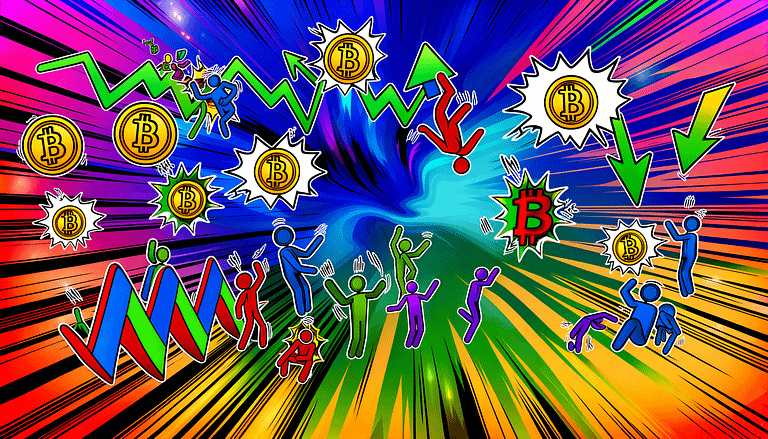Solana’s Scalability Woes: A Case for Modular Blockchains
In A Nutshell
The debate between modular and monolithic blockchain structures is heating up, with Solana spotlighting the limitations of the monolithic approach. Despite aiming for a seamless user experience by maintaining all transactions on a singular chain, Solana’s strategy has shown vulnerability under high demand, leading to transaction failures and network instability. This situation prompts a reevaluation of scalability solutions, where the balance between user experience, decentralization, and network resilience becomes crucial.
The Modular vs. Monolithic Debate
The blockchain community remains divided over the best path to scalability, with two primary schools of thought: modular and monolithic. Modular blockchains like Ethereum propose offloading transactions to layered solutions (layer-2s and layer-3s) to alleviate the main chain’s load, albeit at the cost of user experience and potential network fragmentation. On the other hand, monolithic blockchains such as Solana seek to enhance throughput by upgrading hardware, software, and consensus mechanisms to accommodate all transactions on a single chain. This approach ostensibly offers a superior user experience but at a significant cost to decentralization and network resilience.
Solana’s Scalability Strain
Solana’s recent network crashes, particularly noted in February, underscore the pitfalls of the monolithic approach. The chain’s inability to efficiently manage surging demand, especially during periods of meme coin mania, resulted in high transaction failure rates. Unlike modular chains offering tiered secure blockspace options, Solana attempts to equalize the security of vastly different transaction values, leading to inefficiencies and congestion.
Chasing Solutions
In response to these challenges, Solana developers are exploring various upgrades, including the implementation of dynamic fee structures to better reflect demand and scaling the network with technological advancements. However, these solutions risk further centralizing the network and alienating smaller users during peak times, without effectively capping demand if the cost of transactions remains artificially low.
Our Take
The scenario unfolding around Solana is a cautionary tale for the blockchain industry, highlighting a critical oversight in the monolithic approach to scalability. While aiming to preserve user experience, the model sacrifices the foundational principles of decentralization and resilience. As the community continues to navigate this complex landscape, the importance of balancing scalability with these core values becomes increasingly apparent. Modular blockchains may present a fragmented experience but offer a more sustainable path towards accommodating growing demand without compromising on decentralization or stability. The evolution of blockchain technology must prioritize these principles to ensure a secure, efficient, and inclusive future for all users.
Sources
– Columbia Business School
– “Re-Architecting Trust: The Curse of History and the Crypto Cure for Money, Markets, and Platforms” by Omid Malekan







